How to Start a Homestead
Are you thinking of starting a homestead? If so, you’re in for a lot of fun (and hard work)! Homesteading is a great way to get back to basics and become more self-sufficient. In this blog post, we will discuss 10 tips for How to Start a Homestead.
Disclosure: Some of the links below are affiliate links, meaning, at no additional cost to you, I will earn a commission if you click through and make a purchase.
What is a homestead?
A homestead can mean different things to different people. But in a broad sense, homesteading is about living a self-sufficient lifestyle.
If I had to define what homesteading is I would agree with Jess from Roots and Refuge.
Modern homesteading: the act of living lightly on the land, of seeking sustainability, and of growing food in a modern world, involved in this lifestyle are conscious consumption, awareness of the partnership between humanity and the earth, a reverence for the beauty of life, the embracing of a slower pace, and a desire to eat well and steward well.
Although homesteading typically applies to farms, it’s also possible to be an urban homesteader by practicing sustainable living techniques, urban agriculture and a frugal lifestyle.
Why Should You Start A Homestead?
Homesteading has a number of legal and financial benefits, as well as the potential to increase your quality of life and satisfaction.
1. Homestead Exemptions
In some US states, homesteaders can make use of something called a homestead exemption. This allows homeowners to protect the value of their home and land from creditors and taxes.
2. Security
Having the title to your land and home gives many homesteaders a greater sense of security.
With minimal costs and expenses, and the ability to be self-sufficient and live off the land, homesteading can provide you with a feeling of safety.
By living the homesteading lifestyle, you’ll naturally have lower bills.
Homesteaders tend to make lower income, but since they have much lower expenses they may not even need to work a conventional job.
3. Pride
Homesteaders take pride in having a piece of land to call their own. Most couldn’t imagine renting a tiny apartment, and prefer to have their own land where they can provide for their family.
4. Less Stress
Like most people who live in the country, homesteaders report experiencing a lot less stress than those who live in loud and busy cities and urban centers.
Imagine your home being surrounded by the sounds of birds chirping and livestock, instead of busy traffic and police sirens.
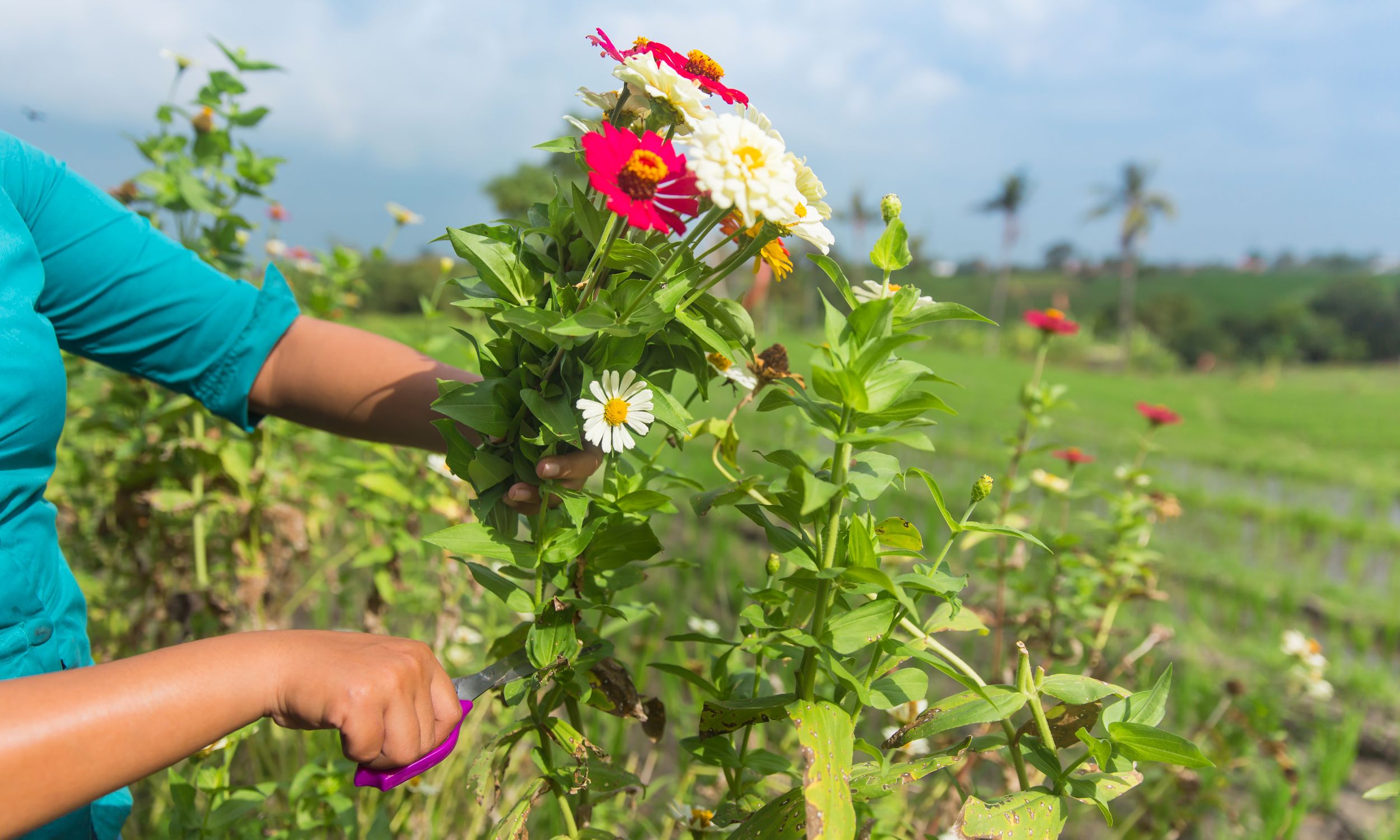
5. More Environmentally Conscious
Homesteaders have a closer relationship to nature than those who live in the city. They know where their food comes from, because they often grow most of it themselves.
As a result, they naturally have an incentive to care more about the environment and make sure their agriculture practices are sustainable.
That way their land will continue to support them for the rest of their lives, and hopefully the lives of their children as well.
6. Better Physical Health
Running a homestead requires a lot more physical labor than an office job, or most jobs in the city for that matter.
Combine that with the fact that homesteaders typically eat healthy nutritious foods they make themselves, and have much less opportunity to indulge in processed foods like pizza or chips.
Lower stress, regular physical exercise, and a healthy diet are all strong factors in staying fit well into old age, and living a long life.
7. Increased Self-Confidence
Starting a homestead will require picking up a whole set of new skills and hobbies that you never had before.
These new skills will make you more capable and self-sufficient. And as a result, your confidence in yourself and self-esteem will probably rise dramatically.
Homesteading isn’t easy. In fact, there’s a steep learning curve to learn all of the new skills you’ll need. It can be challenging and even overwhelming at first. But many of these challenges will help to grow you into a stronger person.
It’s a very empowering feeling to know that you’re self-sufficient and completely in control of your own destiny.
For many homesteaders, society and the electric grid could disappear tomorrow, and they’d still be able to continue on enjoying exactly the same lifestyle.
8. Family Bonding
Homesteading can bring your family closer together. Imagine not having to go work at a job all day any more.
Instead, you can spend your day doing chores and taking care of your property alongside your spouse and kids.
That means a lot more opportunities for chatting and getting quality time for each other.
Homesteading won’t magically create the perfect family. You’re still likely to have disagreements and time when you want your own space.
But a family that spends time together during the day and sits down to enjoy a meal together when it’s all said and done is likely to be closer to one another because of it.
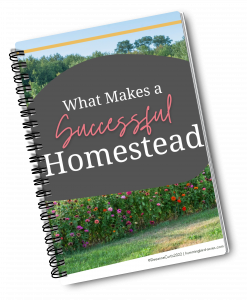
Don’t Let your Homestead Fail!
Get our FREE What Makes a Successful Homestead eBook!
How To Start A Homestead – Step By Step
Step 1: Consider What Homesteading Involves
Before you start your homesteading journey, it’s important to understand what this lifestyle entails. Taking care of crops and livestock, in particular, are time-consuming and physically demanding tasks, and not everyone is cut out for it.
If you have a spouse or partner, you also need to make sure they’re 100% on board, and that homesteading is the kind of life that both of you are looking for.
You’ll need to sit down and have open and honest discussions about what you’re looking for. If your partner hates the idea of getting their hands dirty, then living a homestead lifestyle will be very difficult for you.
If you’ve got friends or family who already have a homestead of their own, see if you can spend a few days helping out to get a feel for what the lifestyle is like. And be sure to ask them lots of questions.
Don’t make a major homesteading decision without having all the facts and knowledge needed. Watch documentaries, read books and fully immerse yourself in the homestead mindset.
Step 2: Set Goals For Yourself
Once you understand what homesteading is all about, it’s important to set some clear goals for yourself. For example, do you want to focus on growing your own food? Do you want to raise livestock and sell their products at the farmer’s market? Or do you simply want a quiet place where you can disconnect from the hustle and bustle of city life? Setting goals will help you stay focused and motivated as you embark on your homesteading journey.
Step 3: Decide Where You Want To Live
Another important step in starting your homestead is to think about where you want to live. Do you want to buy a pre-existing property, or would you rather build from scratch? Are there any areas that are ideal for homesteading, such as rural parts of the countryside or coastal regions with lots of natural resources?
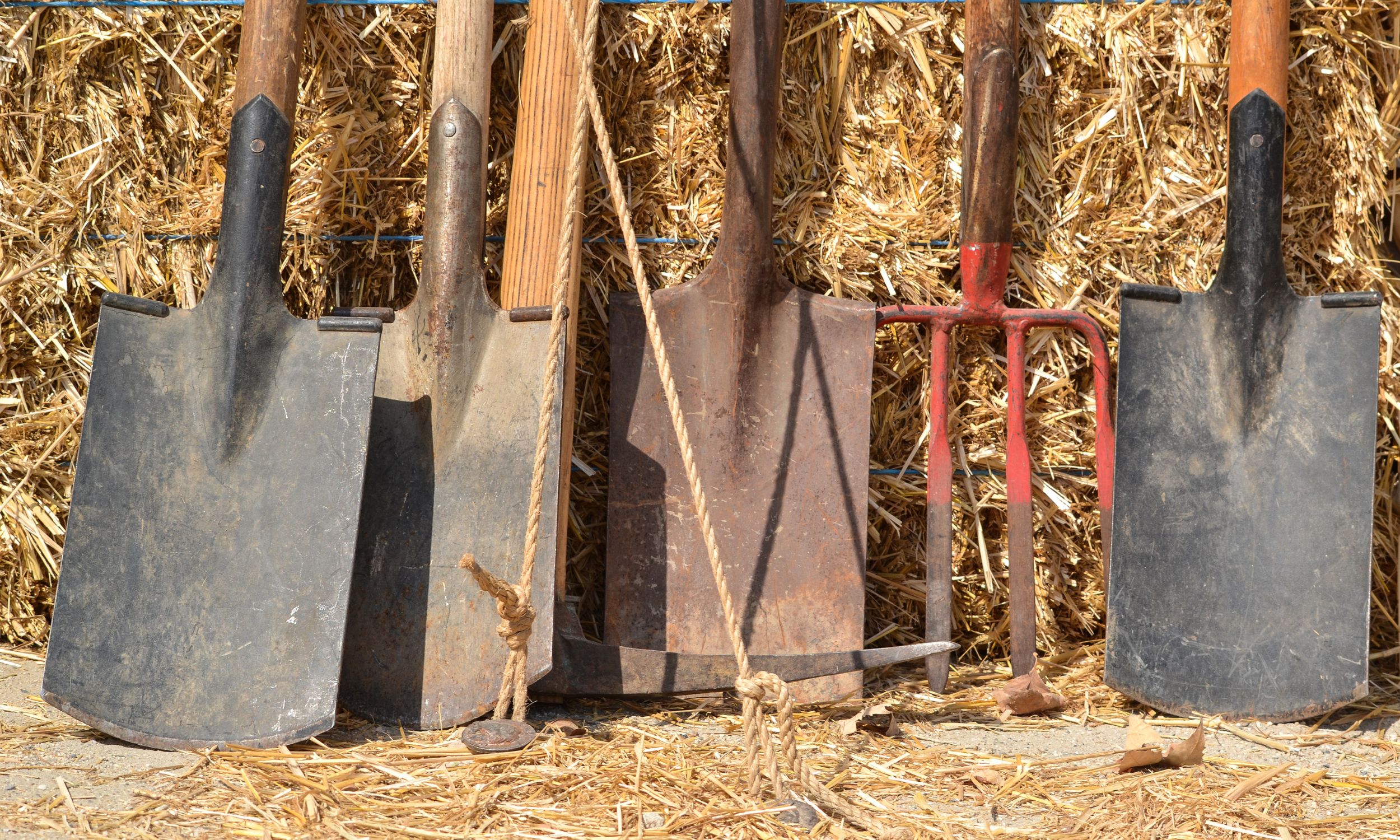
Step 4: Make A Budget and Plan for Expenses
Once you’ve decided on a location, it’s important to take stock of your finances and create a budget. This will help you figure out how much money you need to get started, as well as how much ongoing maintenance or new projects are likely to cost. Be sure to factor in things like land or livestock purchases, equipment and supplies, and ongoing expenses like feed, maintenance costs, etc.
Step 5: Start Small
You don’t need to wait until you have your dream farm to begin. You can start your journey into homesteading right away. Much of homesteading is a mindset and lifestyle, as opposed to where you live.
Whatever your situation is, even if you’re living in an apartment, you can start moving toward a more self-sufficient lifestyle this week.
If you have a sunny window, you can start growing your own herbs or lettuce indoors.
Got a large backyard that’s not being used to grow much besides grass and weeds?
Put in a garden or raised bed next spring and start growing a portion of the vegetables for your household. (Be sure to pick vegetables that you actually enjoy and want to eat regularly!)
Have a fireplace that you don’t currently use? Time to clean out your chimney and get some wood, and start using it to reduce your heating bill!
Over time you can gradually add more and more projects. Even if you only make one or two small lifestyle changes per year, things will really start to add up over time.
You could even start raising chickens or beekeeping in your backyard. Just be sure to check what your local bylaws are to make sure it’s allowed first!
Homesteading is all about what feels right for you. You can define your priorities and do things in whatever order makes the most sense to you.
Step 6: Continually Simplify Your Life
Homesteading often goes hand-in-hand with minimalism and living a more frugal lifestyle.
A big part of that is getting out of the cycle of always needing the newest and greatest phones, gadgets, trendy clothing, and other things that can suck money out of your bank account but not really offer much value.
For homesteaders, less is more, and there’s usually a cheaper and better way to do something.
You should be continuously taking an audit of your life to see what things are draining your money, time, and energy, and seeing if you can reduce or completely eliminate them from your life.
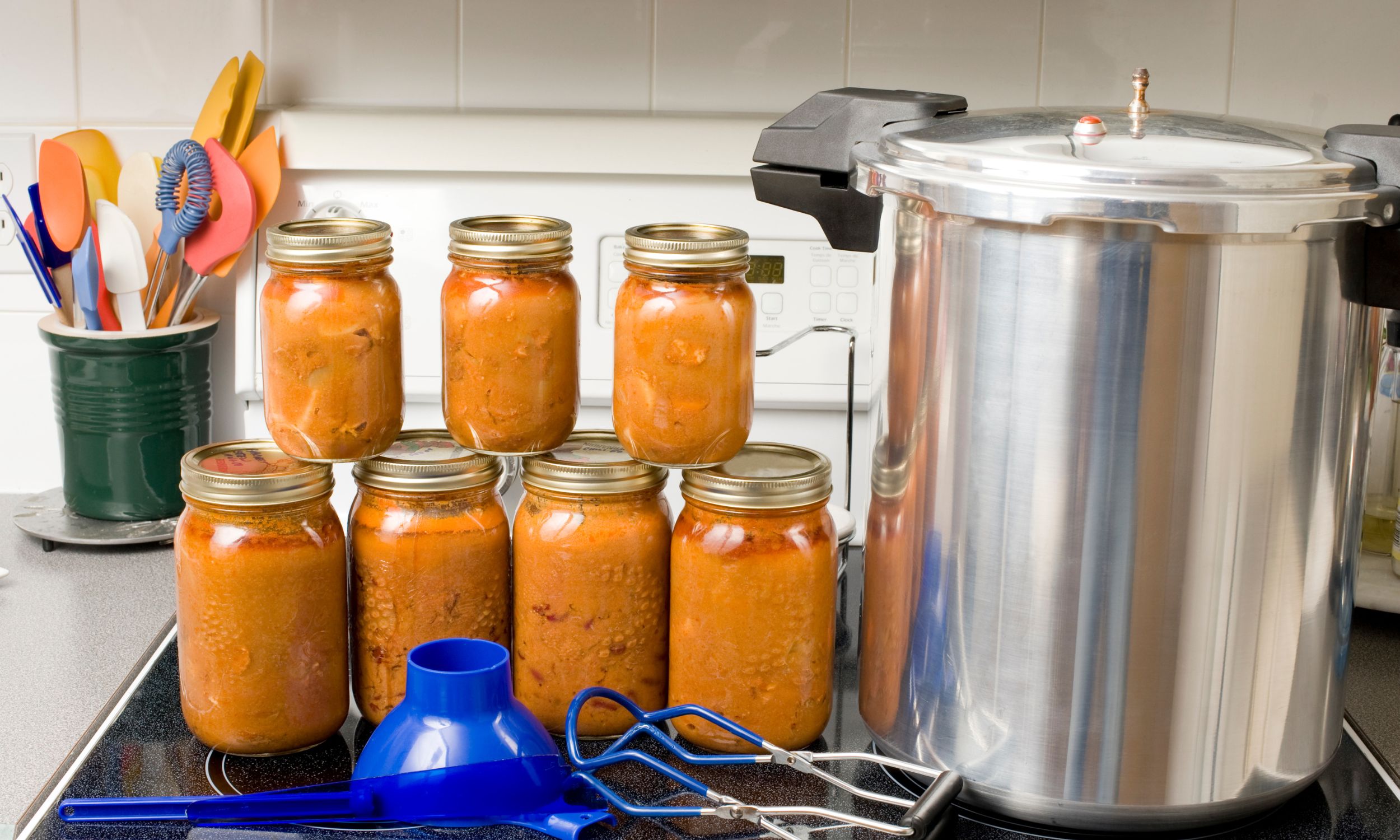
Step 7: Learn To Preserve Food
One of the key challenges of homesteading is learning how to preserve and store your food. This means knowing how to can fruits and vegetables, dry out meats or herbs, freeze foods, or make other types of food preservation methods like pickling, fermenting, etc. Luckily there are lots of great resources online that you can use to learn these skills and keep your food fresh throughout the year.
Get started HERE!
Step 8: Make Friends With Other Homesteaders
One of the best ways to succeed as a homesteader is by building strong relationships with other like-minded individuals in your community. This could mean joining local homesteading groups or clubs, attending workshops and conferences, or just connecting with people online who can share their experience and knowledge with you. Not only will this help you learn new skills and gain valuable resources, but it will also help you feel supported as you take on the challenges of homesteading. So don’t be afraid to reach out and make friends with other homesteaders – they can be your biggest source of inspiration and support along the way!
Step 9: Start A Garden
One of the most important aspects of homesteading is growing your own food. This means starting a garden, whether it’s just a small plot in your backyard or an entire farm with multiple acres of land. To get started, you will need to select the right plants and seeds based on your climate and soil type, prepare the soil for planting, and then cultivate and care for your crops throughout the season.
To start a successful garden, you should:
- Select high-quality seeds or starter plants that are well suited to your climate and growing conditions. This will help ensure that your garden thrives no matter what challenges come its way.
- Prepare the soil by adding compost, fertilizer, and other amendments to help your plants get the nutrients they need.
- Stay on top of maintenance tasks like weeding, pruning, and pest control so that your garden stays healthy and productive.
- Consider planting a variety of different crops to ensure that you always have something fresh and delicious to harvest.
With proper care and attention, your garden can be a bountiful source of fresh produce for you and your family all year round.
To keep everything organized and to stay on top of garden tasks make sure you get a Garden Planner!
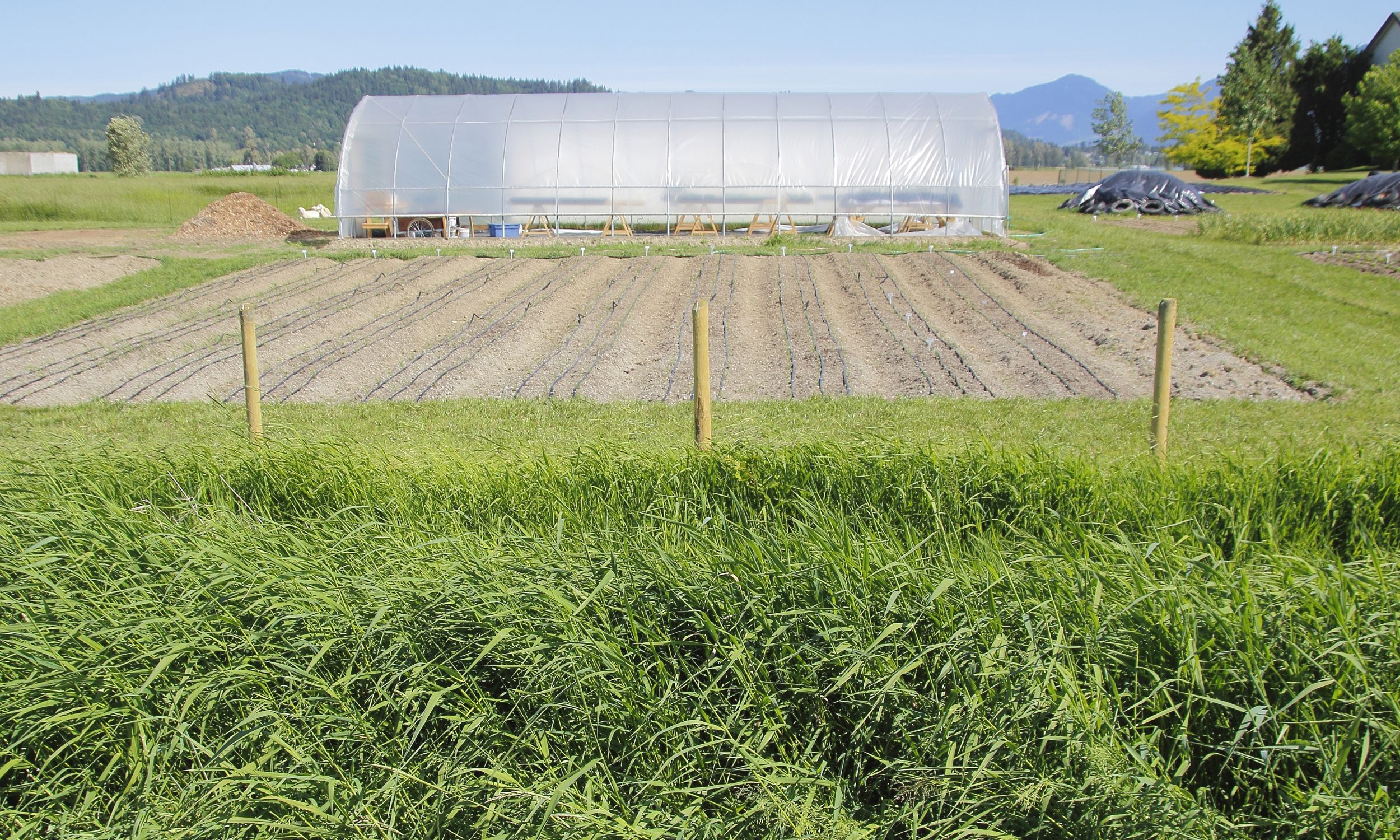
Step 10: Compost
Another important aspect of homesteading is learning how to compost your food scraps and other organic waste. Composting helps reduce waste by turning materials like kitchen scraps, fallen leaves, and lawn clippings into nutrient-rich fertilizer for your garden. Not only does this improve the soil quality in your garden, but it also reduces the need for fertilizers.
Read to learn more? Check out this great composting article: Composting 101 or Worm Composting 101.
Step 11: Learn To Build and Repair
As a homesteader, it is important to know how to build and repair basic structures and equipment on your property. This could include simple tasks like repairing fencing or installing shelves in your barn, as well as more complex projects like constructing a chicken coop or building an outdoor oven for baking bread.
To learn these skills, you can take classes or workshops, read up on DIY resources online, and practice by tackling small projects at home. With time and effort, you will gain the knowledge and confidence you need to tackle bigger projects on your homestead.
Here are 12 Homesteading Skills to Get You Started.
Now that you know how to get started on your homesteading journey, it’s time to get organized and set some goals. After all, a homestead isn’t going to run itself! Our Homestead Management Binder is the perfect tool to help you stay on track. It includes goal setting worksheets, income and expense tracking sheets, garden planning pages, dairy and egg production records, plus so much more. Get yours today and be one step closer to achieving your homesteading dreams!
